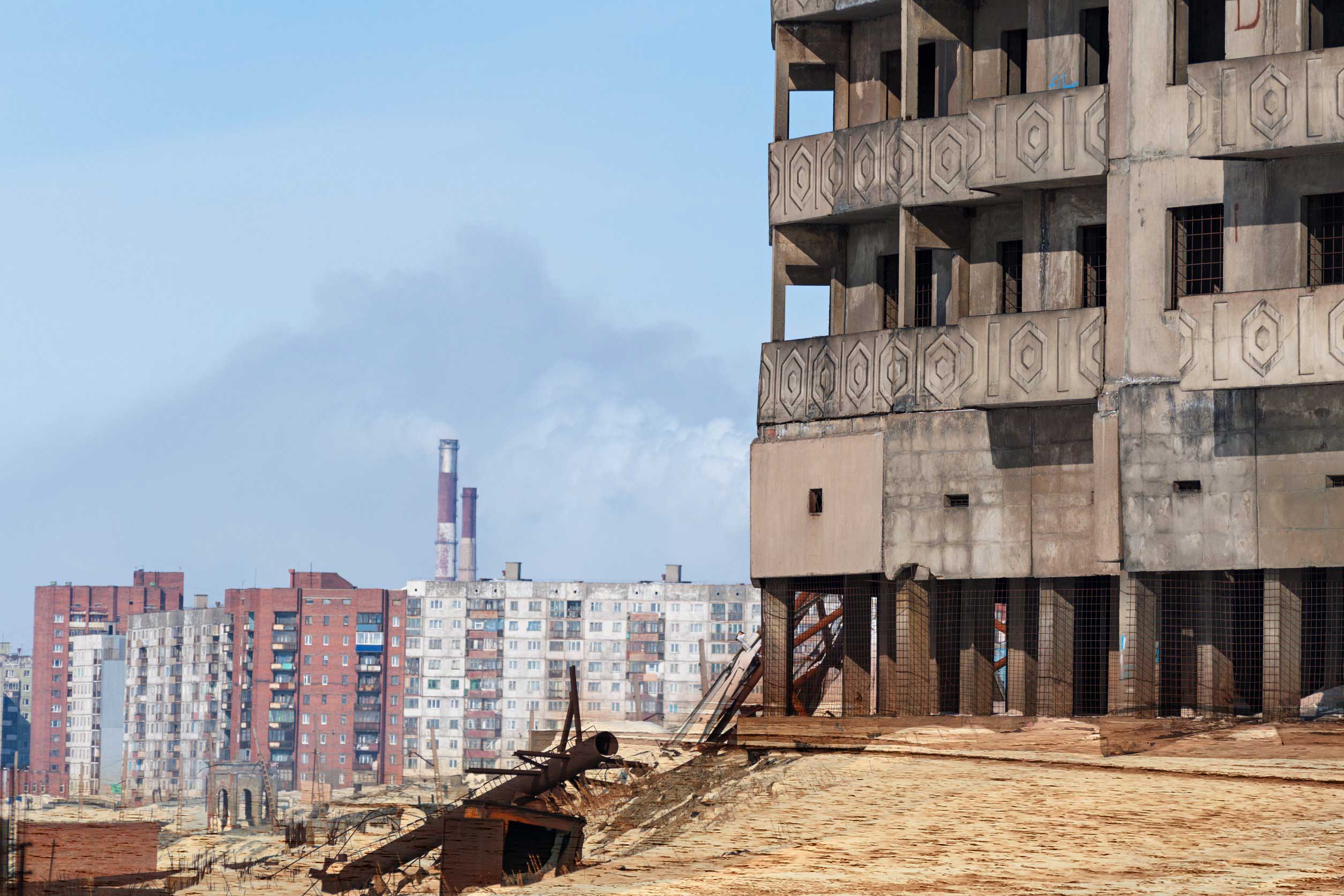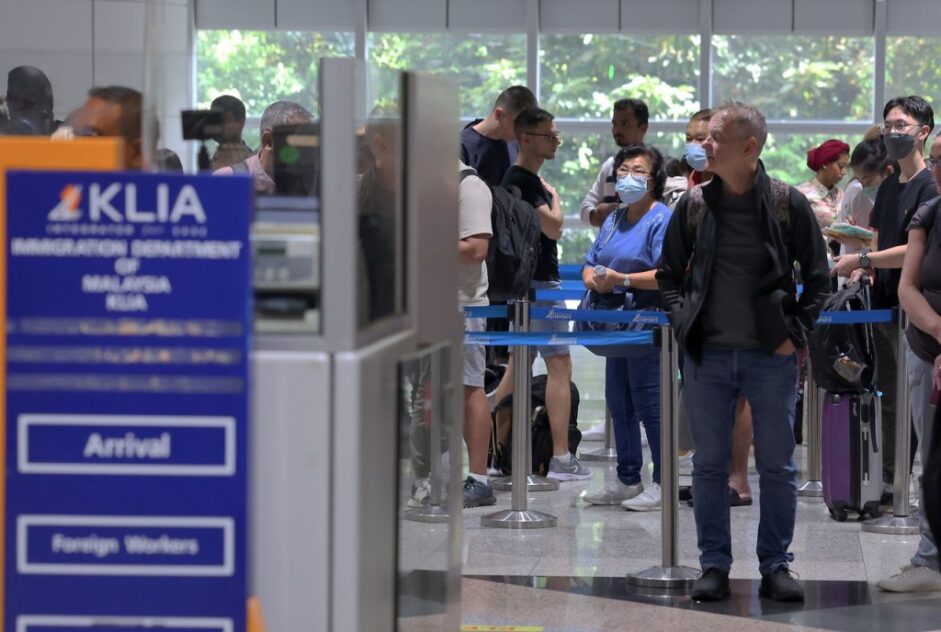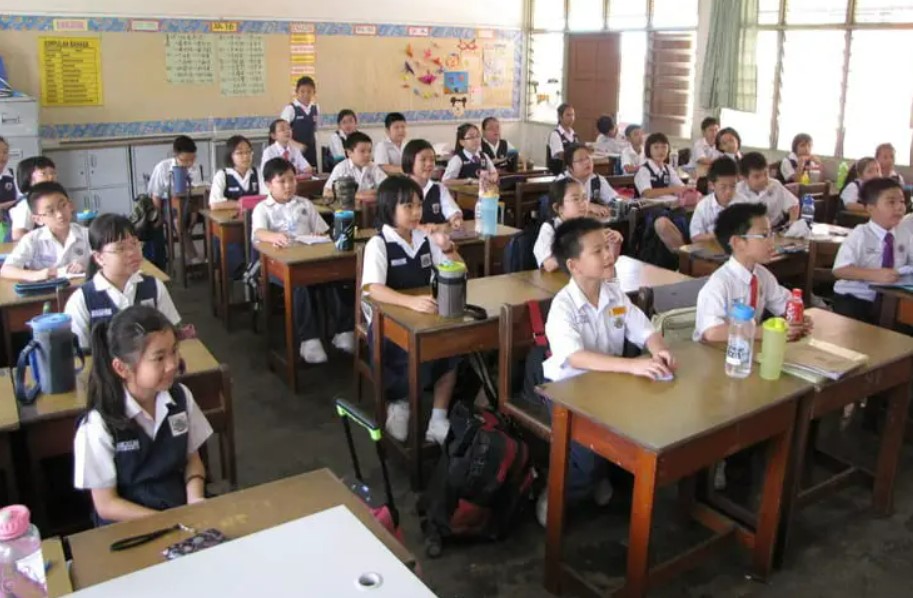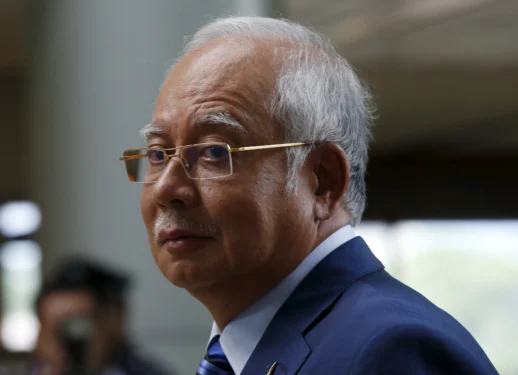THE domestic property market has been plagued with overhang, especially in the residential sector even before the pandemic hit.
As the nation enters the endemic phase of its economic recovery, the outlook for the property sector remains downcast as it struggles to cope with the toll exacted by COVID-19.
Recent media reports paint a property market that is struggling with over-supply but more pertinently, of one that is plagued with “abandoned” and “sick” projects.
According to Bernama, from March this year, a total of 160 development projects nationwide have been categorised as “sick” (problematic) projects and 92 of them are being monitored by the Implementation Coordination Unit (ICU) of the Prime Minister’s Department.
Minister in the Prime Minister’s Department (Economy) Datuk Seri Mustapa Mohamed said out of the 92 projects, 41 projects were successfully restored according to the project implementation schedule.
This still leaves over half of the projects still in perilous condition with affected purchasers having to endure sleepless nights.
Of greater concern are projects that have fallen into the “abandoned” project category. In a study titled ‘Causes of Abandoned Construction Projects’ by Eng Hoe Yap et al, “abandoned projects” are defined as projects that have been totally abandoned or indefinitely delayed.
Abandonment may happen at any stage of a project life cycle and incur significant monetary losses.
The study, which was published in 2010, also spells out the criteria adopted by the Ministry of Housing and Local Government to ascertain the status of an “abandoned project”, whereby there is a signing of a Sales and Purchase Agreement (S&P) and inactivity at the construction site for 1 year either after 1) the scheduled completion time; or 2) the date of the signing of S&P if the developer has collected 10% payment from the buyer.
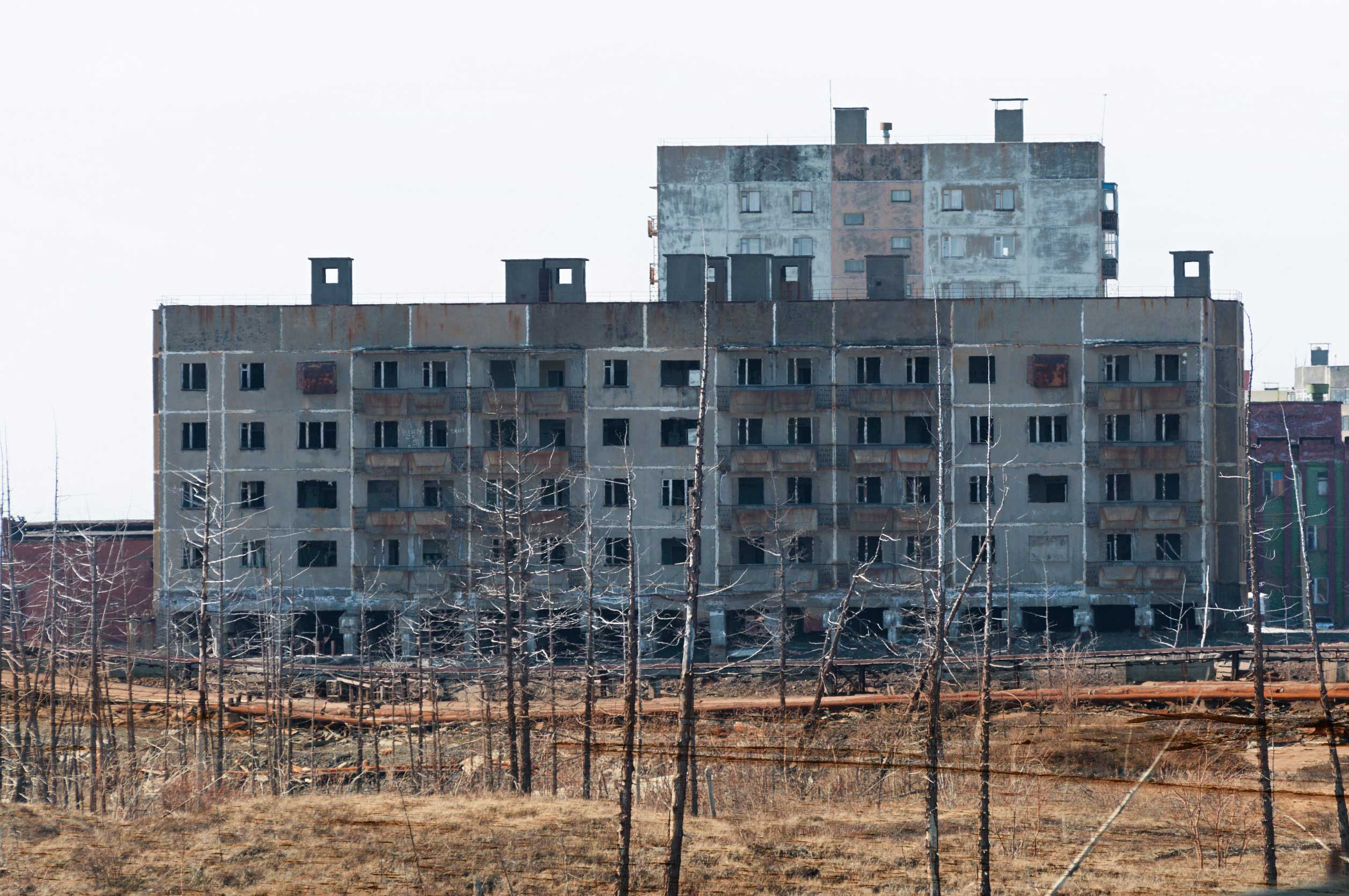
In Oct 2021, it was revealed in parliament by Housing and Local Government (KPKT) Minister Datuk Seri Reezal Merican Naina Merican that there were currently 79 abandoned housing projects involving 17,724 housing units in Peninsular Malaysia, affecting 11,824 buyers.
Of the total, 65 projects were halted due to the companies’ weak balance sheets, the minister said. Other causes included failure to comply with standards and weak project management, while some developers cannot be located.
These figures represent a worrying trend that has only worsened since Eng Hoe Yap’s study appeared a dozen years ago, in which it cited abandoned projects as a key cause of economic instability, given the key role the sector plays in determining the nation’s overall economic health.
The Housing and Local Government Ministry has set up a War Room to deal specifically with this issue.
Given that there is only a limited source of public funding to bail out sick and abandoned projects, FocusM is recommending that incentives be put in place to encourage developers with proven track records to take over these ailing projects.
Not only will such a move avoid draining public funds, it will place the responsibility in the hands of developers with the relevant expertise on completing a project.
It will also place the responsibility on stakeholders who have plenty to gain from restoring equilibrium in the property market.
By placing the onus on developers, the move to revive sick or abandoned projects will also separate the wheat from the chaff as both Eng Hoe Yap’s study and Reezal Merican cited weak finances among developers as a key reason for project failures.
Property investors will then be able to clearly identify developers with strong financial credentials as they have the wherewithal to revive or rescue these sick and abandoned projects. – Aug 4, 2022


